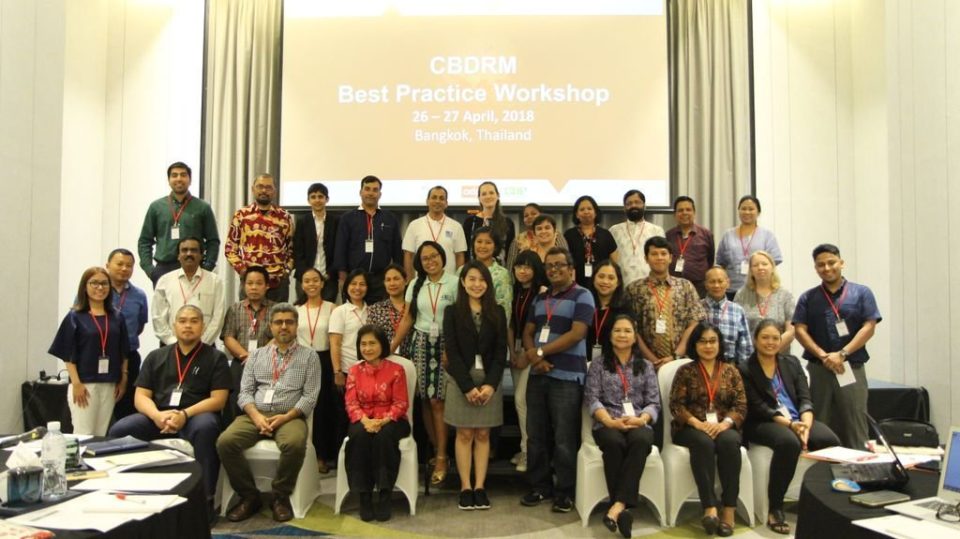
Work under Partners for Resilience in Odisha selected as one among the best practices in Asia
-
Coastal resilience
-
Integrated delta management
Under the programme, Partners for Resilience (PfR) led by Wetlands International South Asia, a case study on sustainable community-based disaster risk management – Responding to emergencies, A PfR perspective – was selected as one among the best practices in Asia by the Asian Disaster Preparedness Centre (ADPC). This case was submitted under the programme Institutionalizing Sustainable Community Based Disaster Risk Management (CBDRM).
As a result, the case was presented at a workshop organized by the ADPC, in partnership with the Global Network of Civil Society Organisations for Disaster Reduction (GNDR), United States Agency for International Development (USAID), Sustainable Environment and Ecological Development Society – India (SEEDS India) and Center for Disaster Preparedness – Philippines (CDP), in Bangkok, Thailand during April 26 – 27, 2018. Successful initiatives of community-led disaster risk reduction practices, utilizing local resources and knowledge, were discussed by the practitioners.

PfR in India is being implemented in Odisha, a state located at one of the lowest runs of development and increasingly exposed to extreme weather events such cyclones, storm surges, flooding and coastal inundation. Phase I (2011-2015) of the programme focused on disaster preparedness, creating Village Level Disaster Risk Reduction Committees (VLDRC) and building their capacities to assess local risks and vulnerabilities raising awareness on risk reduction and disaster preparedness and response measures. The results of these activities were evident in the response to Cyclone Phailin (October 2013), wherein the VLDRCs were able to suitably complement the ongoing government efforts to enable timely communication of early warning, conduct smooth evacuation and early rehabilitation. Villages with suitably capacitated VLDRCs performed much better than villages having weak or no community institutions in place.
In order to ensure sustainability of activities beyond the project life cycle, one of the many initiatives were to integrate Village Level Risk Reduction Plans (VLRRP) into Village Development Plans. Of the 100 villages in which Hazard-Vulnerability-Capacity Assessments (HVCA) were carried out, 66 villages have a VLRRP implemented by a VLDRC. The project has benefitted 4800 families and set the pathway for the second phase of the programme.
The workshop provided an opportunity to learn best practices from other Asian countries and share the PfR India experience on a global platform. The cases studies presented in the workshop will be shared as a publication in months to follow.
